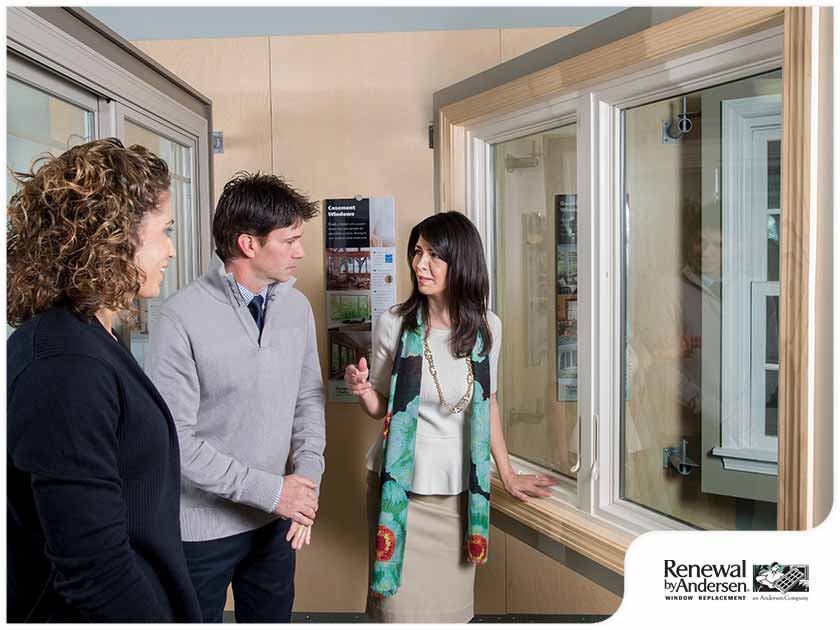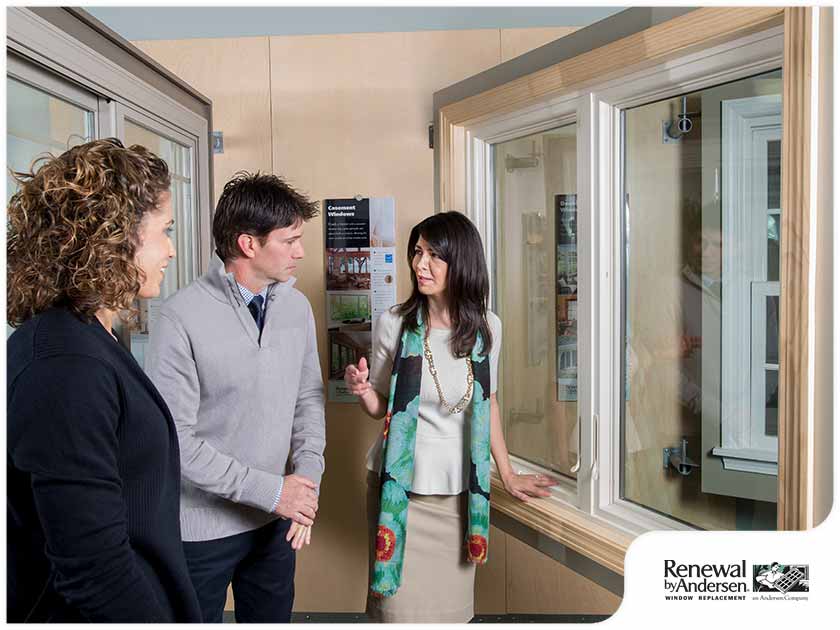MENU


It’s an exciting time when you’ve finally decided to start a window replacement project that will improve several qualities of your home. Your choice of windows and window companies, however, is not going to be that easy because there are many window brands and designs out there as well as a huge number of possible contractors.

Collecting a few brochures can make the choice more difficult because now you’re not sure what really separates one from the others. If this is the case, it’s a good idea to learn more about what metrics you should use when you’re assessing window performance. This will help you narrow down your choices to only the best windows.
In addition to curb appeal and longevity, here are the metrics that truly matter:
The window assembly’s U-factor or U-value indicates the rate of heat loss. This is the rating method recognized by the National Fenestration Rating Council (NFRC). A U-factor of 0.30 or lower is achieved with high-performance double-pane windows while 0.15 is possible with triple-pane windows.
Solar Heat Gain Coefficient (SHGC), which determines how much heat gain goes through a window assembly. It is expressed as a number between 0 and 1. When a window assembly transmits less solar heat, its SHGC is lower. SHGC is a rating recognized by the NFRC.
Visible transmittance (VT) indicates how much light is transmitted through the window. VT is commonly measured between 0 and 1. Higher VTs indicate more light, so, if you want to increase daylighting in your home, choose a window replacement with a higher VT rating.
This stands for Air Leakage, or how much heat is lost or gained in terms of the window assembly’s performance. To gain certification from ENERGY STAR®, windows should have an AL rating of 0.30 or lower.
A window’s ability to resist the formation of condensation is measured and expressed as its Condensation Resistance (CR), in a number between 1 and 100. The higher the number, the better the window’s CR is. This is an optional rating on the unit’s NFRC label. The factors considered when measuring CR include interior surface temperatures at 30%, 50% and 70% indoor relative humidity, with outdoor air temperatures of 0 degrees under wind speeds of 15 miles per hour (mph).
Good windows have acoustical properties that reduce the sound that enters the home. By minimizing air infiltration, an energy-efficient window can also minimize outdoor noise penetration.
Get in touch with Renewal by Andersen® of San Francisco. We can discuss the performance of our various window replacement options. Call us today at (866) 609-5033, or fill out the form here. We can work on your project in San Francisco.